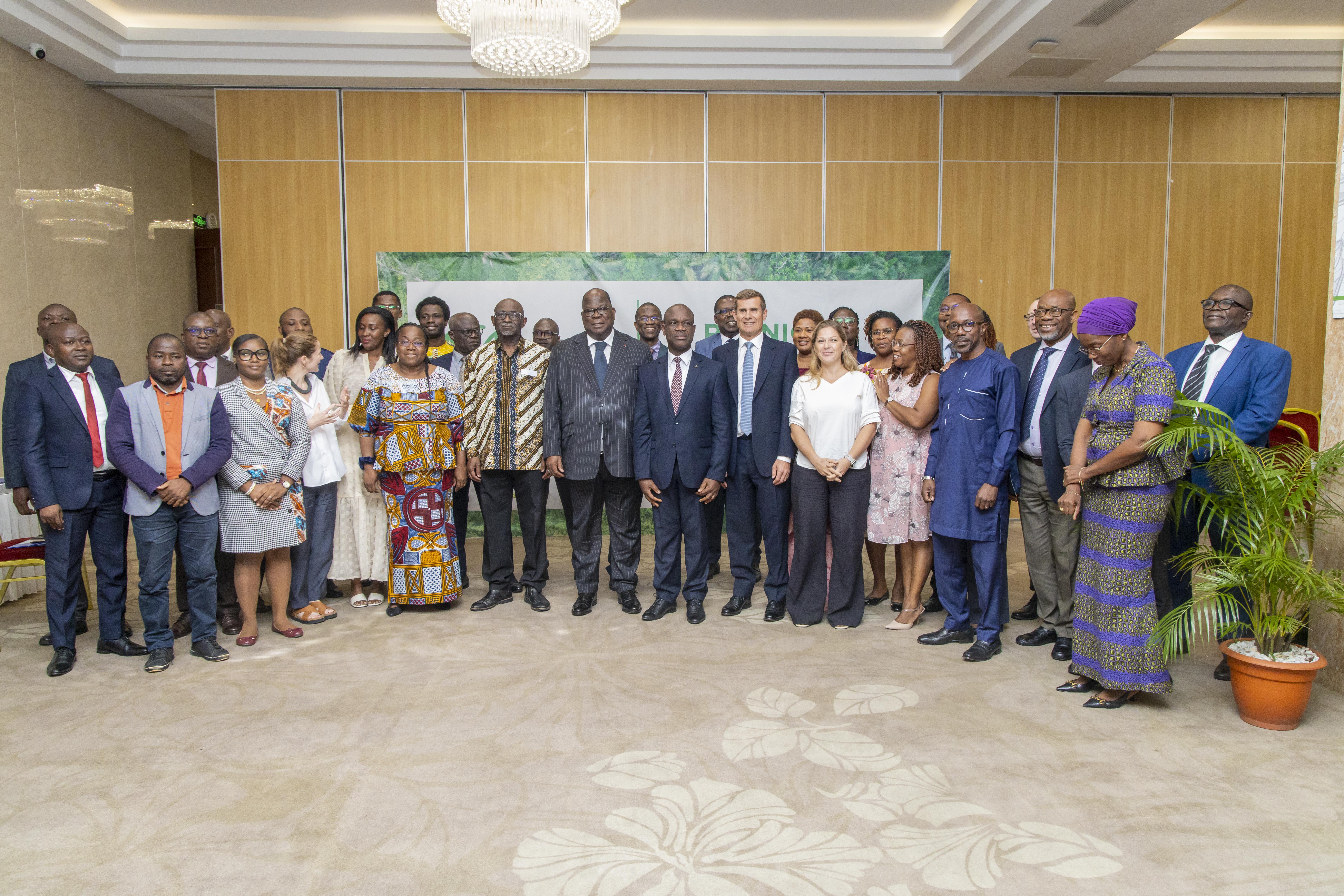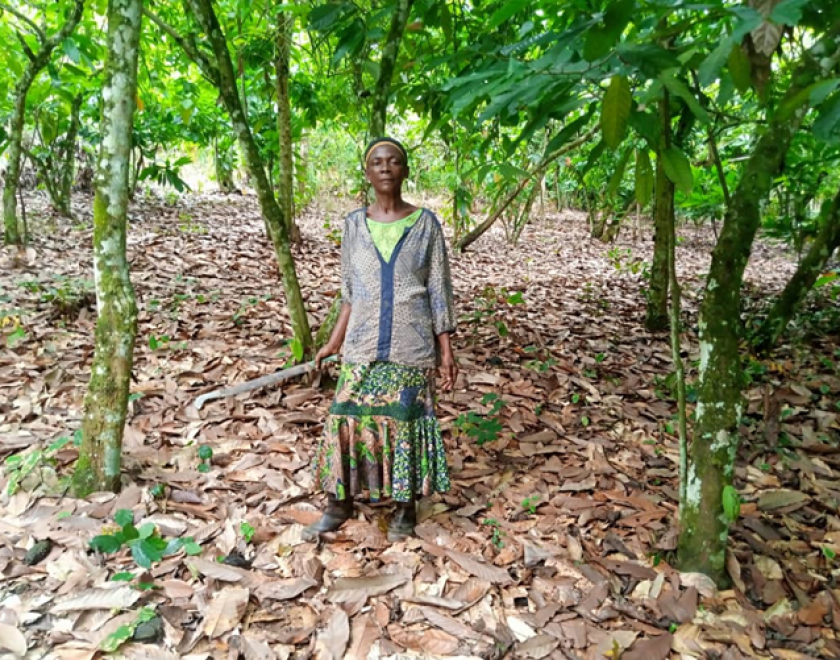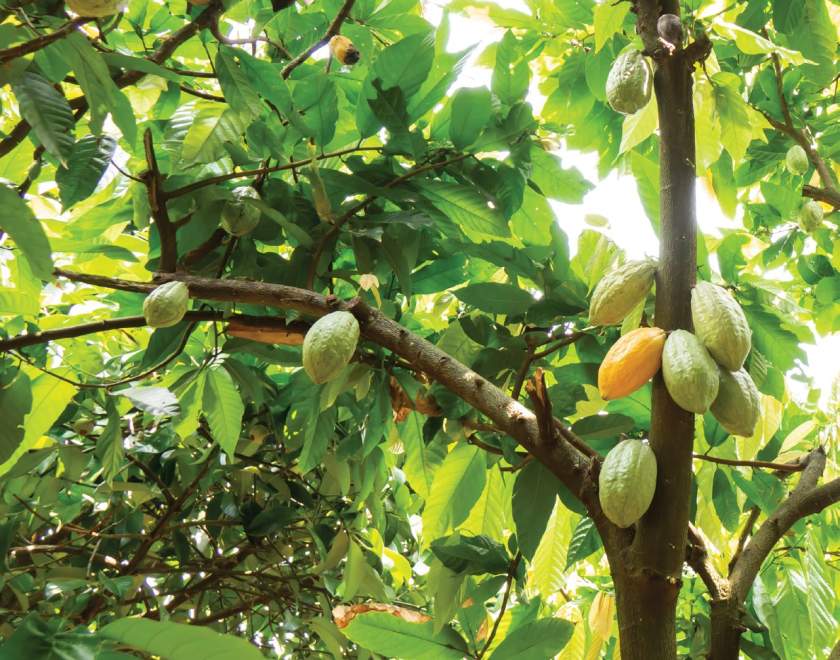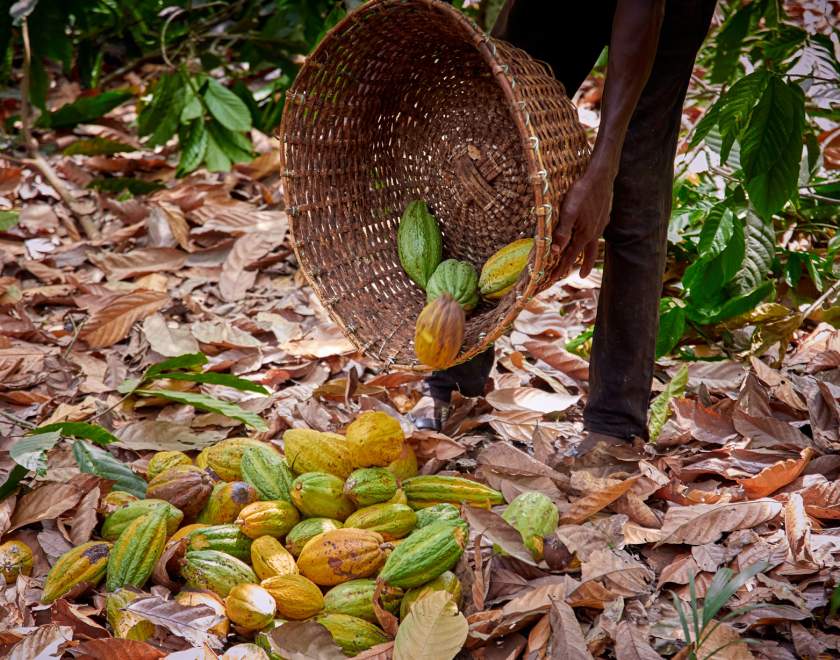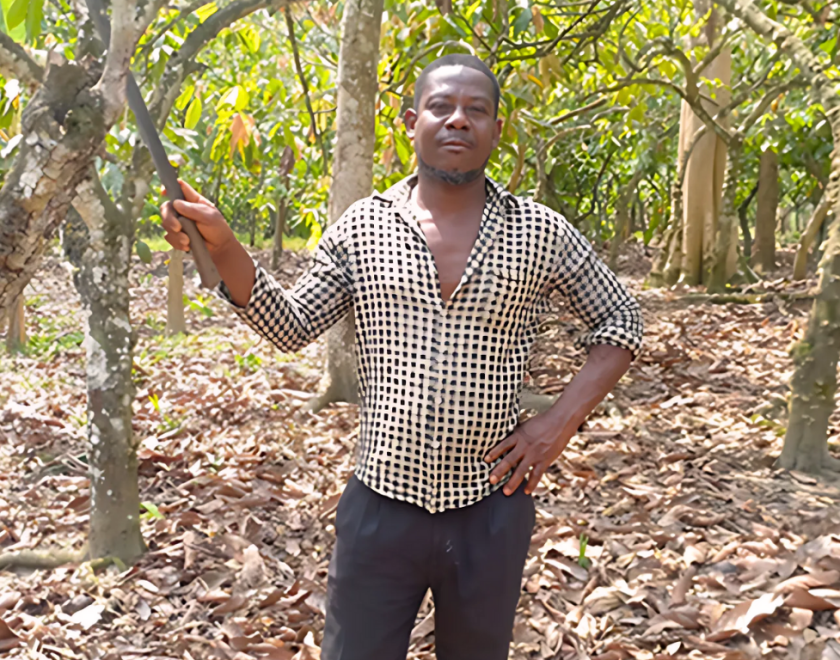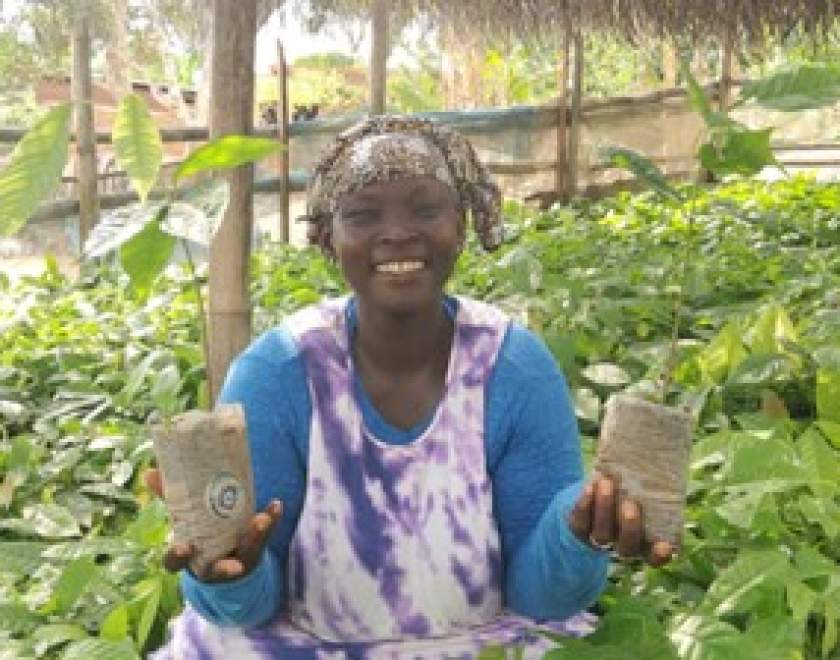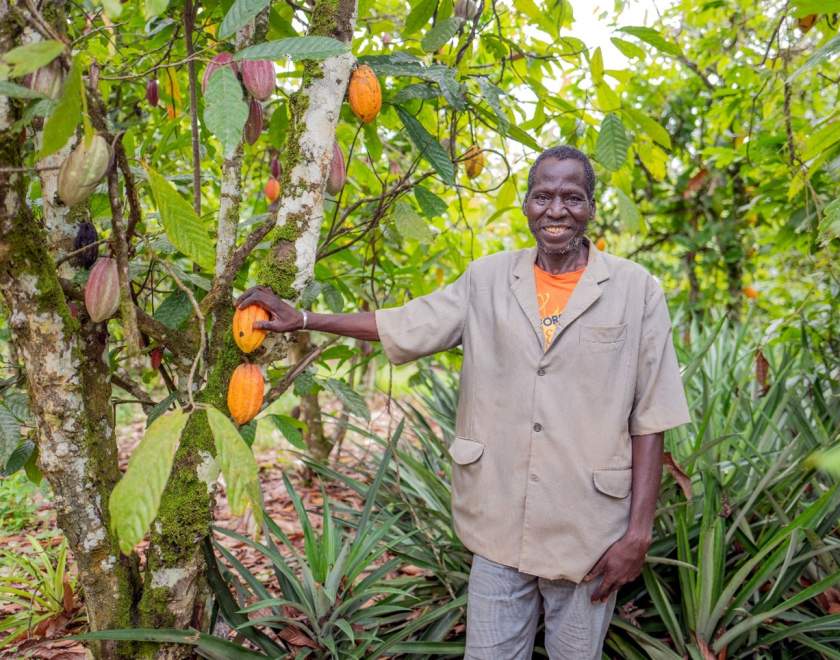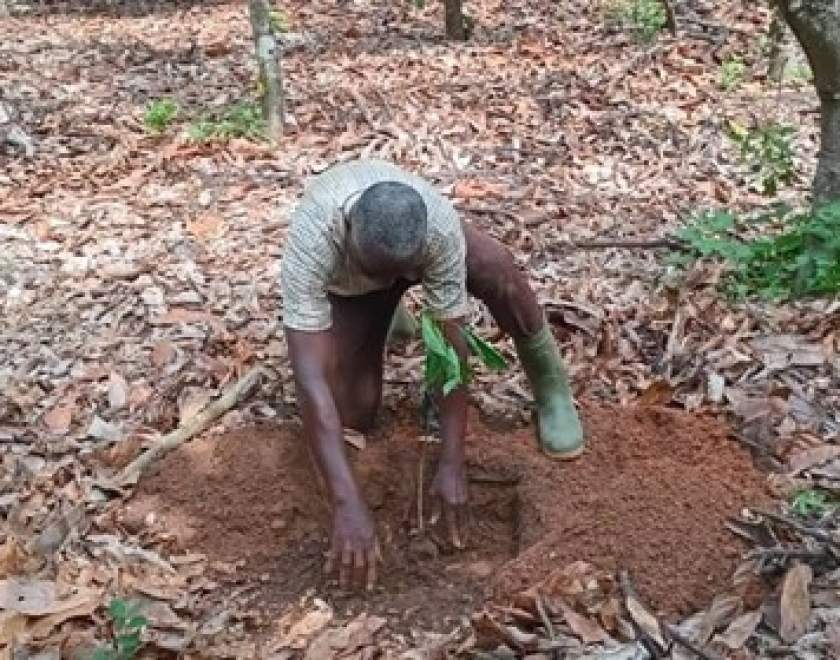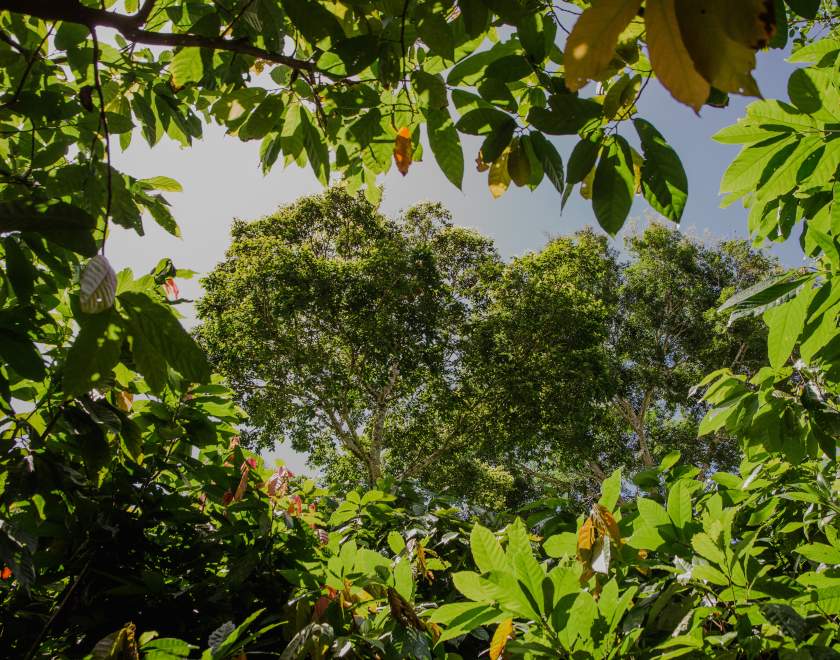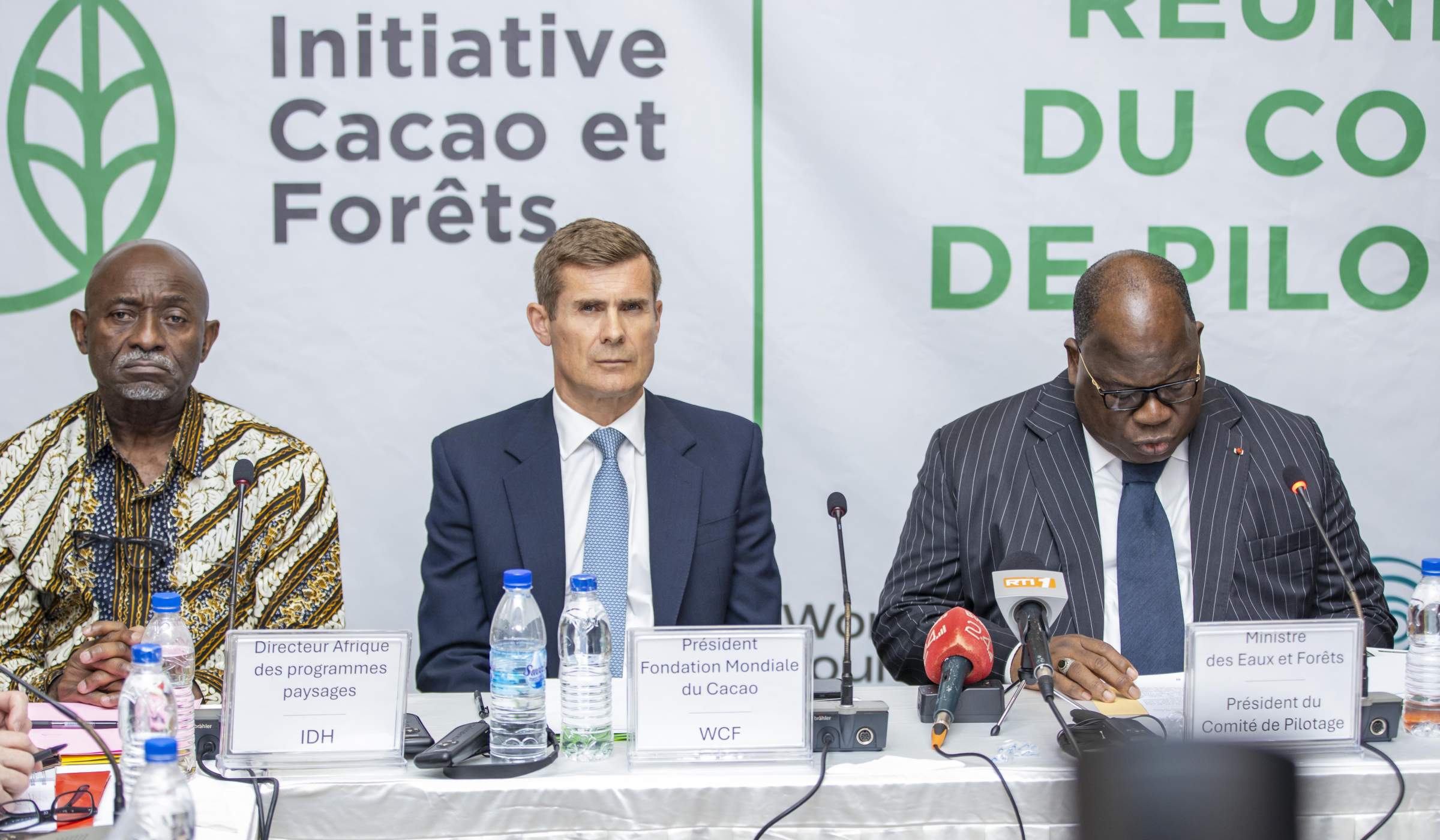
The Cocoa & Forests Initiative stakeholders gather in Abidjan to combat deforestation in cocoa production and drive forest restoration through collective action.
The power of the Cocoa & Forests Initiative (CFI) is that it brings together crucial stakeholders from both the private and public sectors to address the systemic challenge of deforestation linked to cocoa and the restoration of degraded forests.
That power was on full display in late June when CFI’s Côte d’Ivoire steering committee met in Abidjan. Chaired and hosted by Côte d’Ivoire’s Minister for Water and Forests, the event convened representatives from several key government institutions and CFI signatory companies.
The World Cocoa Foundation (WCF) leadership team was there, too, as was co-facilitating partner IDH. In total, more than 40 attendees participated.
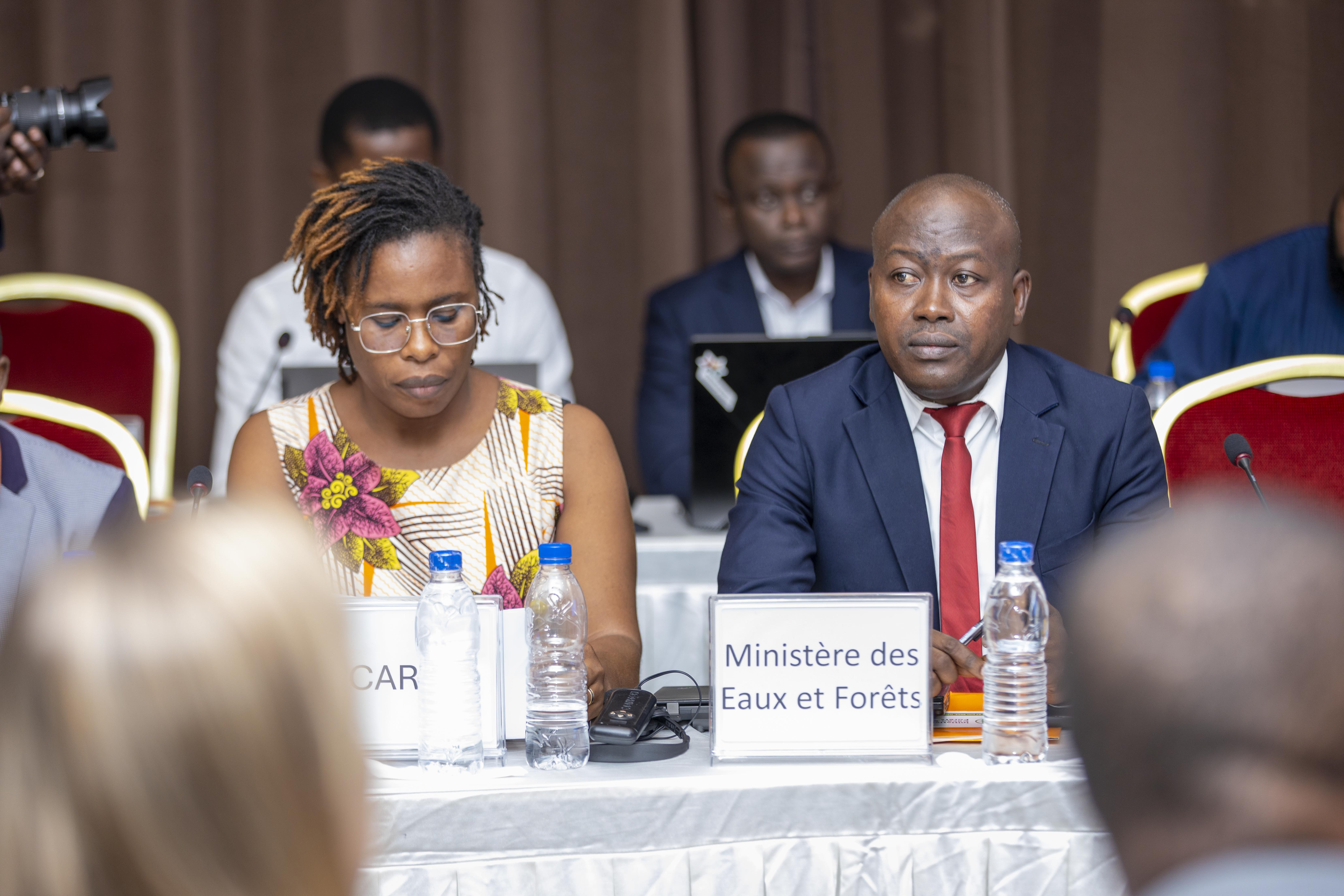
Hannah Ward recently joined WCF as Director of Environment. After attending the event, she reflected on the striking nature of just how many stakeholders were at the table.
“It was impressive to see the engagement and ownership of everyone involved, with recognition on all sides that we are at an inflection point where we must accelerate collective action to drive implementation at a much greater scale and achieve CFI’s core objectives,” she said.
Accelerating impact through landscapes
CFI is making a strong impact in Côte d’Ivoire’s cocoa sector, with signatory companies investing $197 million from 2021 to 2023 on projects in the country that support CFI’s objectives. In 2023, this provided 600,000 Ivorian farmers with technical assistance and support to increase the adoption of sustainable practices while also helping them develop 114,000 hectares of cocoa agroforestry, among other outcomes.
In addition to celebrating this progress, the steering committee meeting keyed in on CFI’s landscape approach based on collective action and co-investment. Work has begun in the priority landscapes of Yapo-Abbé and Bossématié, including the launch of comprehensive land-use assessments, stakeholder engagement and baseline studies. These will be finalised by the end of 2024.
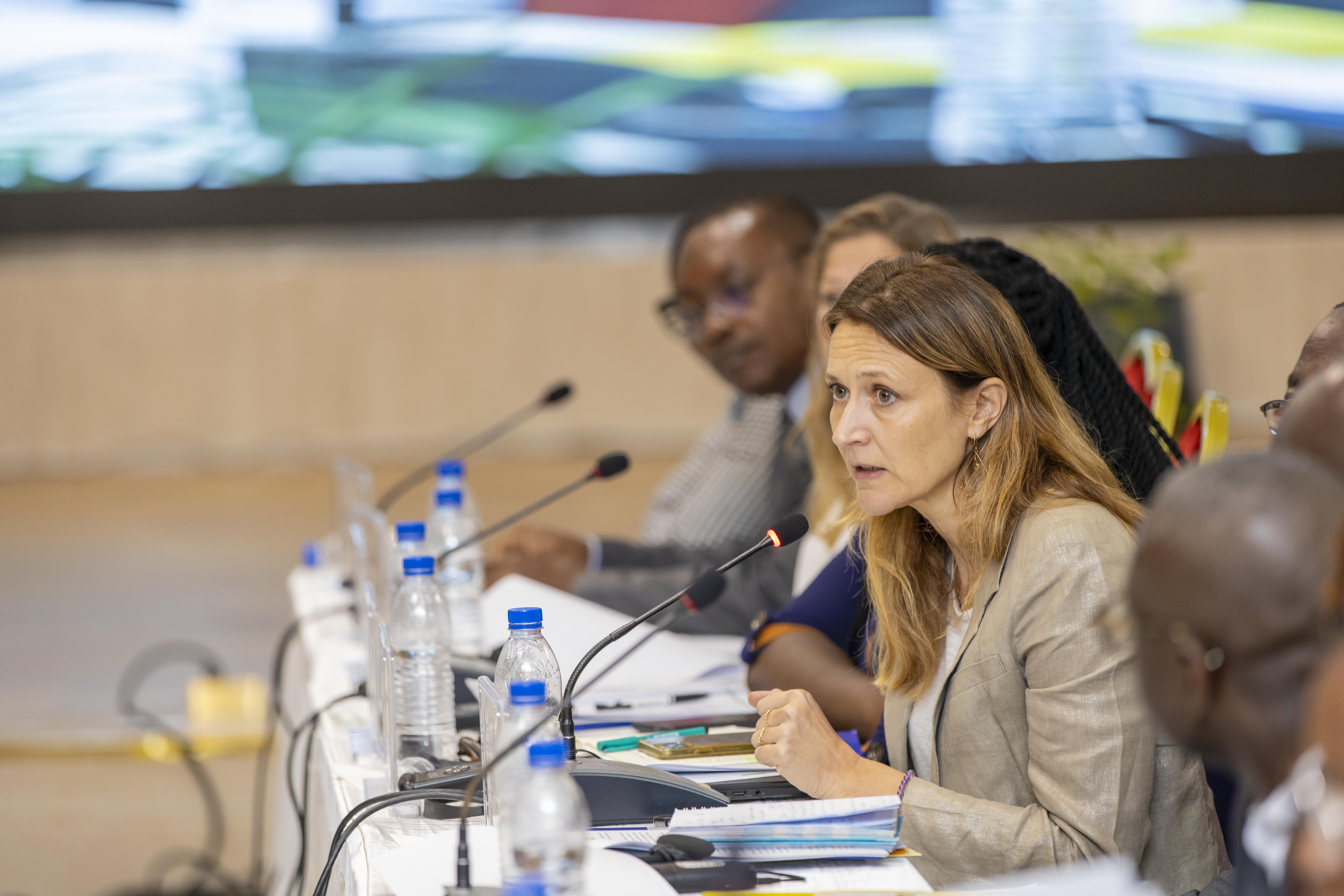
At the meeting, attendees discussed what will be needed to accelerate progress with these two landscapes.
“The real source of excitement among stakeholders at the committee meeting was around progress on collective action in these landscapes,” Ward said.
Another important topic of discussion was how the private and public sectors can work together to develop a regulatory framework for carbon that’s fit for purpose and that spurs greater private sector investment in forest protection and other environmental outcomes. WCF is currently working with Quantis to develop a comprehensive GHG accounting methodology that members can use.
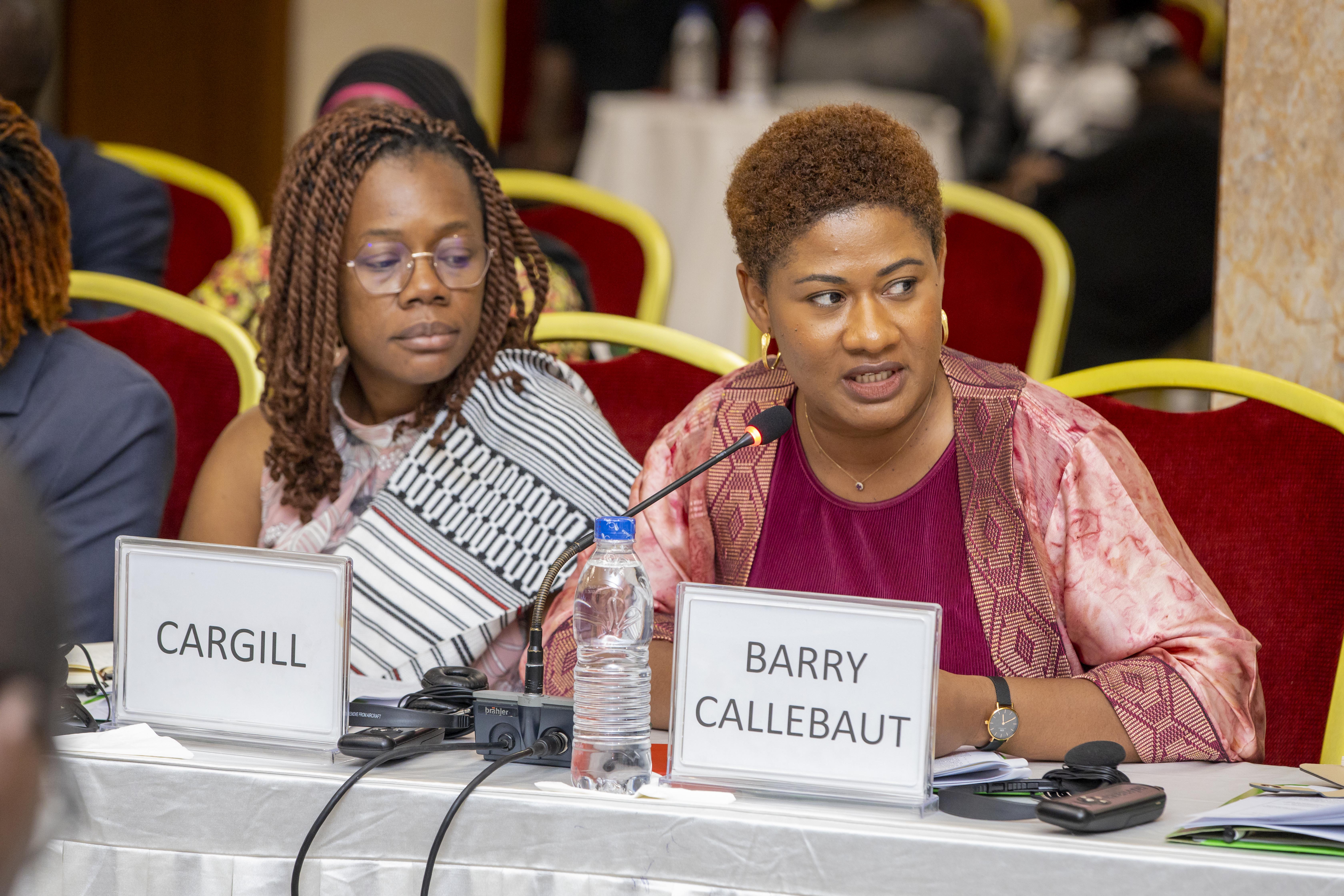
Overall, WCF and signatory companies made it clear that they are as focused as ever on CFI and its objectives. This was perhaps best summed up by WCF President Chris Vincent during his remarks.
“The results we have seen are very encouraging. However, to achieve the impact we aim for, we must go much further,” Vincent said. “WCF and its members remain deeply committed to the goals of CFI. As we move forward into its second phase, we must redouble our efforts and collaboration.”
